Impressive 2,700-Year-Old Farmhouse And 1,500-Year-Old Monastery Uncovered In Rosh Ha-‘Ayin
MessageToEagle.com – An impressive 2,700 year old farmhouse and a 1,500 year old church with colorful mosaics and inscriptions in it were uncovered in the excavations in Rosh Ha-Ayin, the Israel Antiquities Authority spokesperson, informed.
The farmhouse (30 × 50 meters had once 24 rooms constructed around a central courtyard and a large storage (silo) for grain storage.
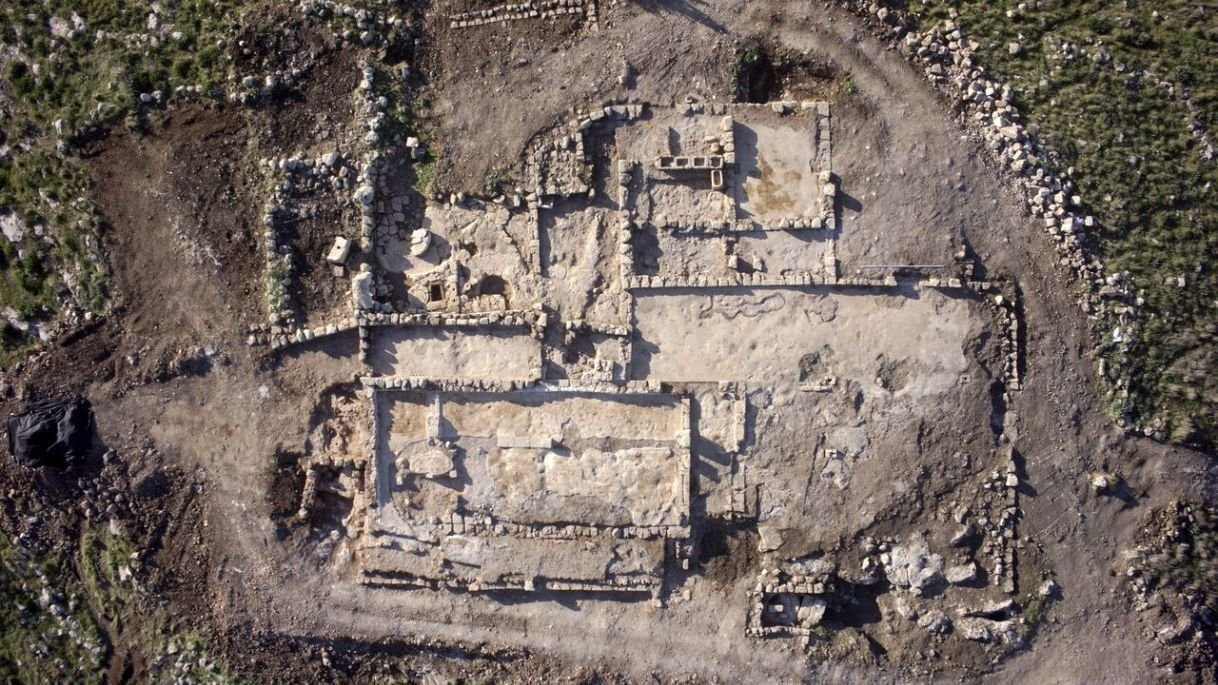
“It seems that carbohydrates were as popular then as now, and the growing and processing of grain were fairly widespread in the rural-agricultural region. This was corroborated by other discoveries in the field that included numerous millstones which were used to grind the grain into flour,” Amit Shadman, excavation director on behalf of the Israel Antiquities Authority, said in a press release.
“In addition, we found simple rock-hewn oil presses used in the production of olive oil.”
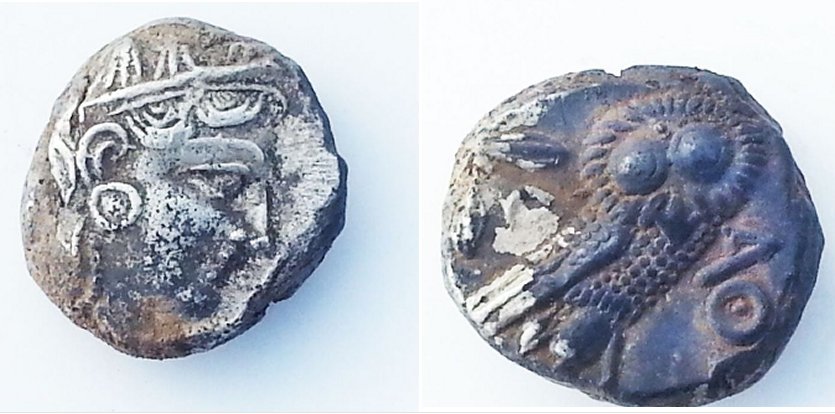
Among the other artifacts that were exposed in the farmhouse remains were two silver coins from the fourth century BC that bear the likenesses of the goddess Athena and the Athenian owl.
According to Shadman, this farmhouse and other similar ones operated for centuries until the region was abandoned in Hellenistic period. Many hundreds of years later, during the fifth century CE, another settlement wave, this being one Christian, arrived in the area and changed the landscape.
A monastery dating to the Byzantine period was exposed on one of the hills in the area and included a church, an oil press, residential quarters and stables equipped with mangers and troughs, etc.
The floors of the church that was built in the monastery were made of colorful mosaics that included geometric and other designs.
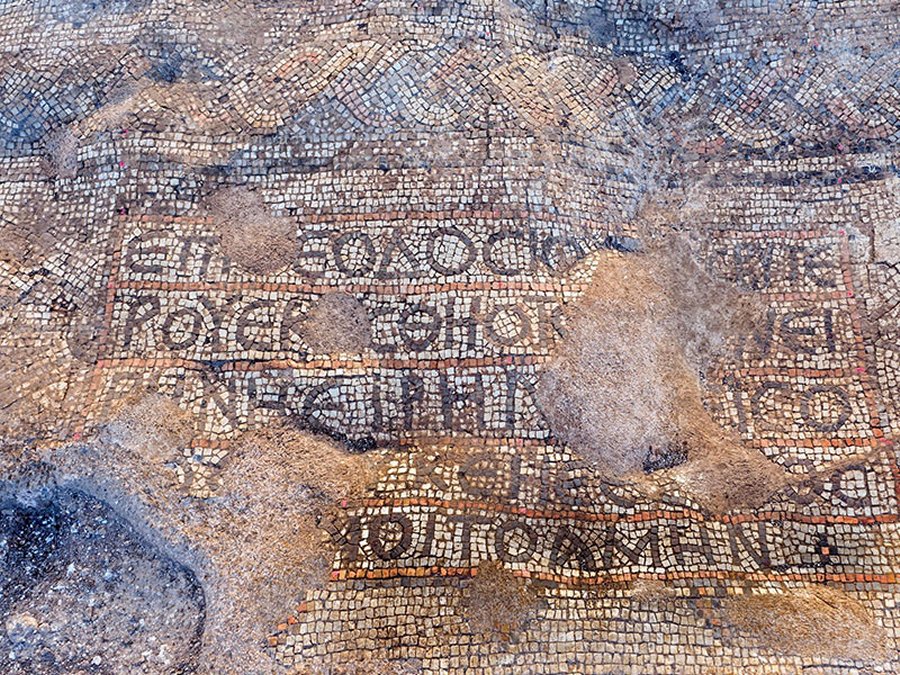
In addition, a Greek inscription ascribed to a priest named Theodosius (a common name in the Byzantine period) was revealed in one of the mosaics:
“This place was built under Theodosius the priest. Peace be with you when you come, peace be with you when you go, Amen”.
Hundreds of years after the monastery ceased to function a lime kiln was established there in the Ottoman period, which destroyed large parts of the monastery.
Given the impressive finds uncovered in the excavations, it was decided that the ancient remains will be conserved in situ, and will be displayed in the communal areas of the new neighborhoods that will be open for the benefit of the public.
MessageToEagle.com via AncientPages.com
Related Posts
-
 DNA Study Reveals How Europe’s Hunter-Gatherers Adapted To A New Way Of Life – Farming
No Comments | Nov 24, 2015
DNA Study Reveals How Europe’s Hunter-Gatherers Adapted To A New Way Of Life – Farming
No Comments | Nov 24, 2015 -
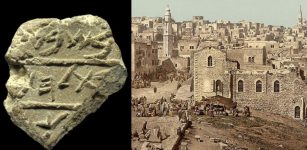 Ancient Seal Found In The City Of David: Evidence Of Bethlehem’s Existence Long Before Jesus Was Born
No Comments | May 24, 2012
Ancient Seal Found In The City Of David: Evidence Of Bethlehem’s Existence Long Before Jesus Was Born
No Comments | May 24, 2012 -
 Remarkable Giant Minoan Structure Found On Top Of Papoura Hill, Crete
No Comments | Jun 18, 2024
Remarkable Giant Minoan Structure Found On Top Of Papoura Hill, Crete
No Comments | Jun 18, 2024 -
 Upside Down Chambers For The Dead Found At Maeshowe, Orkney
No Comments | Sep 8, 2020
Upside Down Chambers For The Dead Found At Maeshowe, Orkney
No Comments | Sep 8, 2020 -
 Millennia-Old Shamanic Headdresses Reveal Secrets Of Hunter-Gatherer Rituals
No Comments | Apr 14, 2016
Millennia-Old Shamanic Headdresses Reveal Secrets Of Hunter-Gatherer Rituals
No Comments | Apr 14, 2016 -
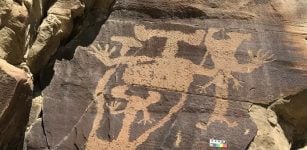 12,000-Year-Old Rock Art In North America – Dating Petroglyphs In The American West
No Comments | Mar 5, 2022
12,000-Year-Old Rock Art In North America – Dating Petroglyphs In The American West
No Comments | Mar 5, 2022 -
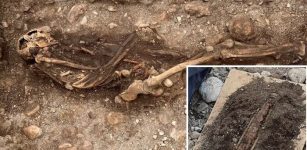 Unusual Iron Age Burial With Warrior And Sword Discovered On Gotland, Sweden – Was He From The Roman Empire?
No Comments | Sep 8, 2021
Unusual Iron Age Burial With Warrior And Sword Discovered On Gotland, Sweden – Was He From The Roman Empire?
No Comments | Sep 8, 2021 -
 First Astronomical Observing Tool: 6,000-Year-Old Tombs Were Used As Telescopes By Ancient Stargazers
No Comments | Jun 30, 2016
First Astronomical Observing Tool: 6,000-Year-Old Tombs Were Used As Telescopes By Ancient Stargazers
No Comments | Jun 30, 2016 -
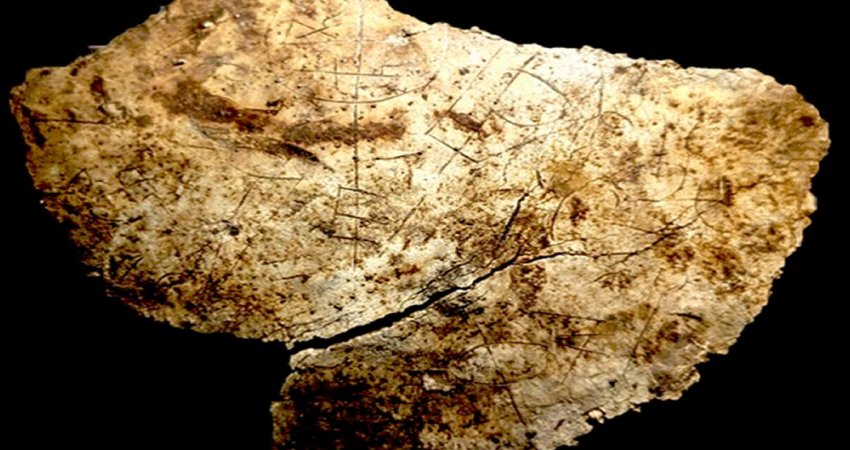 1,400-Year-Old Christian Chalice With Etched Symbols Found In Rubble At Vindolanda Fort, Britain
No Comments | Sep 2, 2020
1,400-Year-Old Christian Chalice With Etched Symbols Found In Rubble At Vindolanda Fort, Britain
No Comments | Sep 2, 2020 -
 Source Of Ancient Roman Silver Was The Iberian Peninsula
No Comments | Dec 18, 2021
Source Of Ancient Roman Silver Was The Iberian Peninsula
No Comments | Dec 18, 2021

